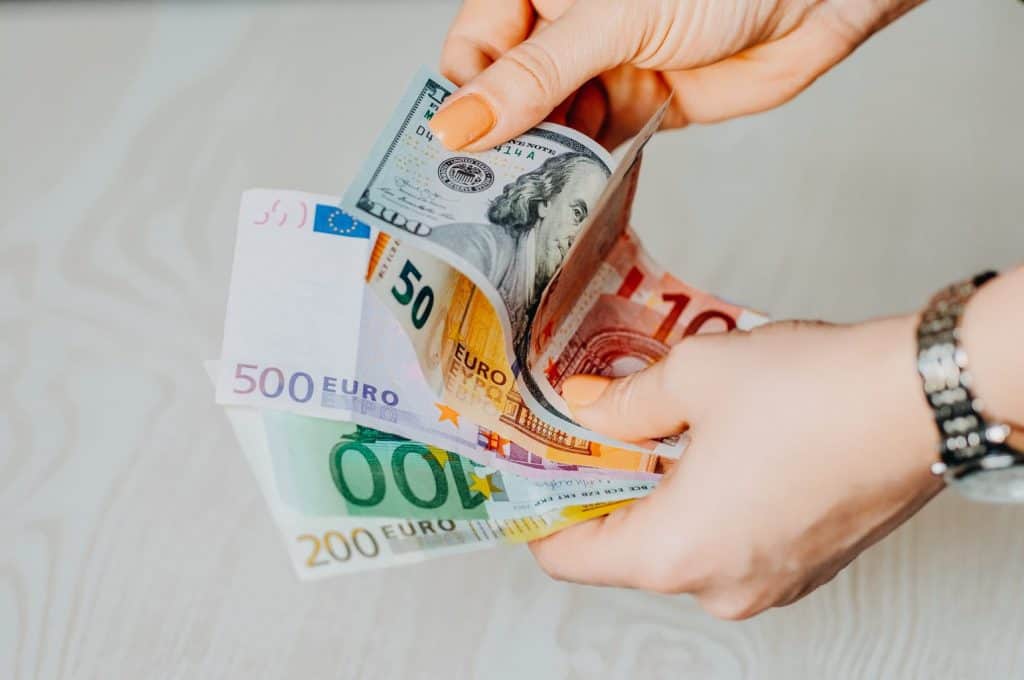Hedging an Equity Portfolio During Financial Crisis through protective put.
Stock markets around the world have come under tremendous pressure due to the outbreak of Covid-19 crisis. That has affected the equity returns of all the portfolios and leading the world towards recession. This has reminded us about the risk that are involved in an equity investment that has a potential to incur capital loss.
In order to safeguard equity portfolio from further decline. In this article, an investor will learn the meaning of portfolio hedging and Protective Put strategy to save guard their portfolio from further decline. As even after the decline of 30% to 35% stock market indices, bottom is not yet placed at the same time corona virus cases are increasing rapidly. The probability of further decline is not yet ruled out.
What is Hedging?
Hedging is the standard practice followed by professional investors to safeguard their portfolio from the financial losses by entering into financial contacts that moves in the opposite direction to the stock market. In short, these assets have negative correlation and the value of these assets increases with the fall of the market. They provide proper hedge to the portfolio and therefore reduces the losses in the portfolios.
At the time of financial crisis like present, the equity portfolio comes under the threat of incurring huge losses due to the fall of share prices. In case, the portfolio is properly hedged, then there will be lesser impact of the fall. As the hedged assets will provide positive returns during this market fall and this reduces the losses. Lets understand the Protective Put hedging strategy to safeguard the portfolio from further decline:
Protective Put
In this, an investor purchase equity share from the cash market and hedge it with the put option. He can add the put option later as well, in case he feels that the risk in portfolio is increasing. The put option act as an insurance that protect the portfolio from downside risk. It is just like a term insurance that protect the life insured’s family from financial loss in case of his or her death.
A put option gives the holder the right to sell a particular asset at a particular price at a specific date. This means that the buyer of put option will have the right to sell an asset at a contract price even when the price of that asset has fallen sharply and lower than its contract price. For getting this right, the buyer has to pay price in the form of “Premium”.

lets understand this concept though example:
| An investor has purchased a quantity of 1375 ICICI Bank share at a price of Rs 540 on 24.02.2020 and expecting a target of Rs 800 per share. A profit of Rs 260 per share or in money term a profit of Rs 3,57,500 (1375*260). |
| What will happen if share falls the way it has fallen during covid-19? |
| Today on 21.03.2020, the price of ICICI Bank is Rs 345.70. An investor is incurring a loss of Rs 195 per share or in money terms a loss of Rs 2,68,125 (1375*195) |
Today, this investor is suffering from huge losses and thinking about his mistake of entering in this stock. Had he purchased the put option on 26th February 2020, when Indian markets have started the fall. He would have saved himself from huge losses.
To make you understand, lets extent the above example:
| Stock Prices (St) | Stock Price Profit/ Loss | Put Payoff (x-St) |
Premium | Total Payoff | Net Profit |
| 345.70 | -194.30 | 194.30 | 20.00 | -20.00 | -27,500.00 |
| 370.70 | -169.30 | 169.30 | 20.00 | -20.00 | -27,500.00 |
| 395.70 | -144.30 | 144.30 | 20.00 | -20.00 | -27,500.00 |
| 420.70 | -119.30 | 119.30 | 20.00 | -20.00 | -27,500.00 |
| 445.70 | -94.30 | 94.30 | 20.00 | -20.00 | -27,500.00 |
| 470.70 | -69.30 | 69.30 | 20.00 | -20.00 | -27,500.00 |
| 495.70 | -44.30 | 44.30 | 20.00 | -20.00 | -27,500.00 |
| 520.70 | -19.30 | 19.30 | 20.00 | -20.00 | -27,500.00 |
| 545.70 | 5.70 | – | 20.00 | -14.30 | -19,662.50 |
| 570.70 | 30.70 | – | 20.00 | 10.70 | 14,712.50 |
| 595.70 | 55.70 | – | 20.00 | 35.70 | 49,087.50 |
| 620.70 | 80.70 | – | 20.00 | 60.70 | 83,462.50 |
In this table, you can see that the maximum loss is Rs 27500 which is equal to put premium (Rs20*1375). Now lets understand the logic behind this, an investor has purchased a share at Rs 540 and after two days he has added a put option of Rs 540 at a premium of Rs 20 per share. The lot size of the ICICI Bank is 1375. So he paid Rs 27000 to buy the put option. It has hedged the portfolio, since an investor has entered into the contract to sell the share at a strike price of Rs 540. A writer of put option is obligated to buy the share at Rs 540 even if the price goes to zero.
We have created different scenarios of stock price, to make you understand the concept how its works? Suppose that price falls to Rs 345.70, then the investor is loosing Rs 194.30 per share and total loss is Rs 2,67,162.50. Since he has hedged the portfolio by Rs 540 strike price, he will gain Rs194.30 as put writer has to purchase Rs 345.70 share at Rs 540. As they have entered into contract price of Rs 540. For getting this benefit, an investor has to pay the premium money. This is the maximum loss an investor will incur in case price moves below his purchase price . Same benefit he will derive on any price below Rs 540 share price. You can see in the table given above.

Disadvantage of Protective Put:
Protective puts provide insurance to the portfolio but at the same time raise the break even point for the position. In this case, investor has paid Rs 540 per share and also paid put premium of Rs 20 per share. Net amount paid by him per share is Rs 540 +Rs 20 = Rs 560. So insurance has no doubt protected the portfolio risk at the same time it has increased the cost price. This bring us to the point that when protective put need to be added in the portfolio.
The protective puts should be added to the portfolios at the time the economy is going through rough patch or there is any negative event that can affect the performance of the company. During the present scenario, as covid-19 has negative affect on the portfolio performance. It is wise to have a protective put in the portfolio to provide a hedge to protect downside risk.
Is it right time to open a protective put in the portfolio as stock has already fallen?
We are of the opinion that Indian market are in bear trap and markets can still fall due to covid-19 issue. It has blocked the economical activities and resulting in deterioration of the growth parameters for India’s GDP. It is better to safeguard your portfolio as it will further put pressure on returns. Now one can initiate a put option at lower strike price to protect the downside risk.
